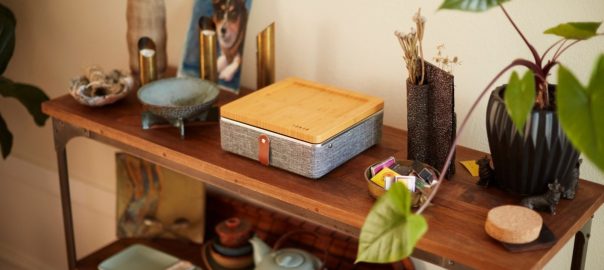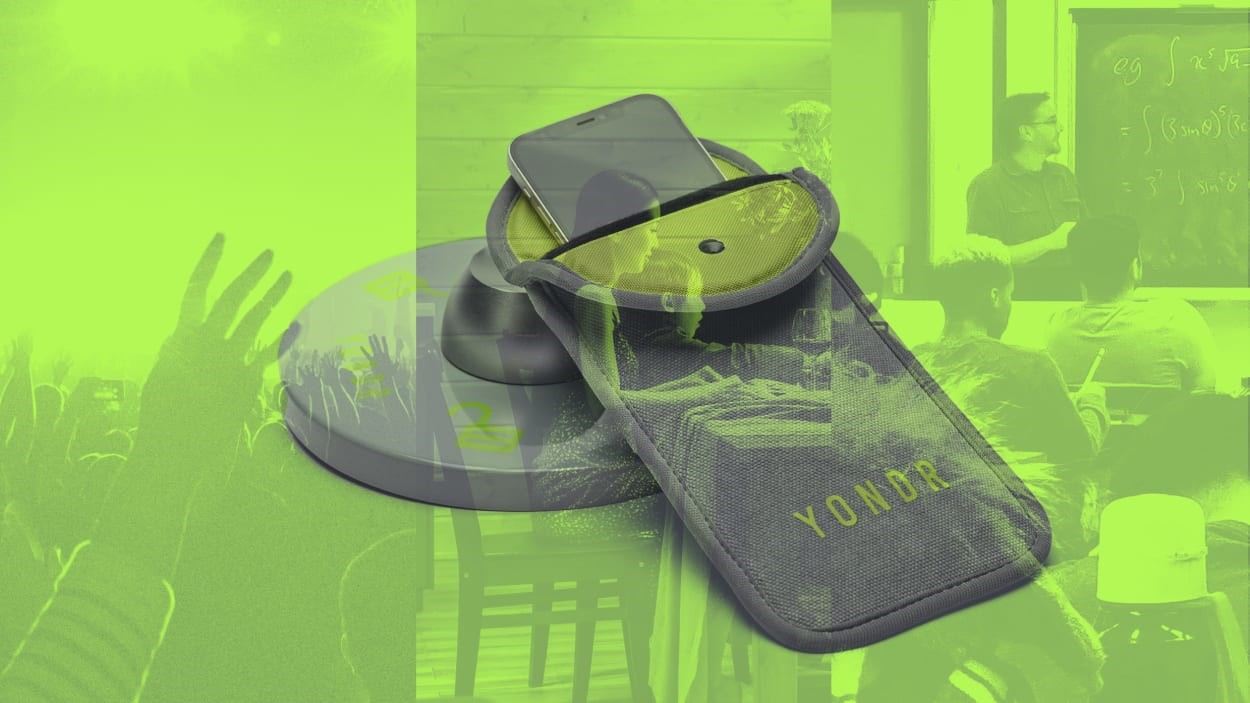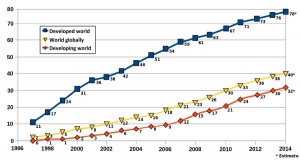From Taylor Swift and Beyoncé’s historic tours to the launch of the Sphere, 2023 has been the long-awaited comeback year for live events. The resurgence of in-person gatherings has brought with it a sense of euphoria over the simplicity of collectively sharing an experience. At the same time, poor live event etiquette has sparked fraught social media debate over what behavior is acceptable in public.
Attendees have gone so far as to throw items onto stages, including a cellphone that hit singer Bebe Rexha in the face (causing her to need stitches) and the ashes of one P!nk concert goer’s mother. Fans often jockey viciously for the optimal spot at a venue from which to capture pictures and videos of performers or film other fans without their consent. Much of the post-COVID-19 concert conduct that’s been called into question has revolved around a lack of awareness or disregard for the experiences of other event attendees, and is often exacerbated by cell phone usage.
That’s partially why Yondr, a company that creates phone-free spaces by providing cell phone pouches to live events, schools, and other environments, has seen a massive increase in demand this year. The company, which was founded in 2014, has seen a 150% spike in schools using its phone pouches in 2023. It’s signature pouches can be found at 20 to 30 venues on any given night according to founder Graham Dugoni. Now, the company is bringing its ethos into living spaces with the launch of its Yondr home tray.
“Our task over the last two years has just been to keep up,” Dugoni says, estimating that Yondr’s staff has grown by 100% in 2023 alone.
Dugoni was inspired to create Yondr after attending a music festival where he saw concertgoers film a drunk man without his knowledge. Disturbed by the incident, Dugoni began to question the role of technology in social spaces, and whether the devices actually took away from, rather than enhanced, people’s experiences.
According to Dugoni, Yondr’s phone pouches, which cannot be opened without a metal “unlocking base,” are used by 1 million students across 3,000 schools in 16 countries. Two thousand schools and 700,000 of these students are in the United States. He estimates that one third of New York City high schools use the pouches, which cost $30 per student for everyday use during the academic year.
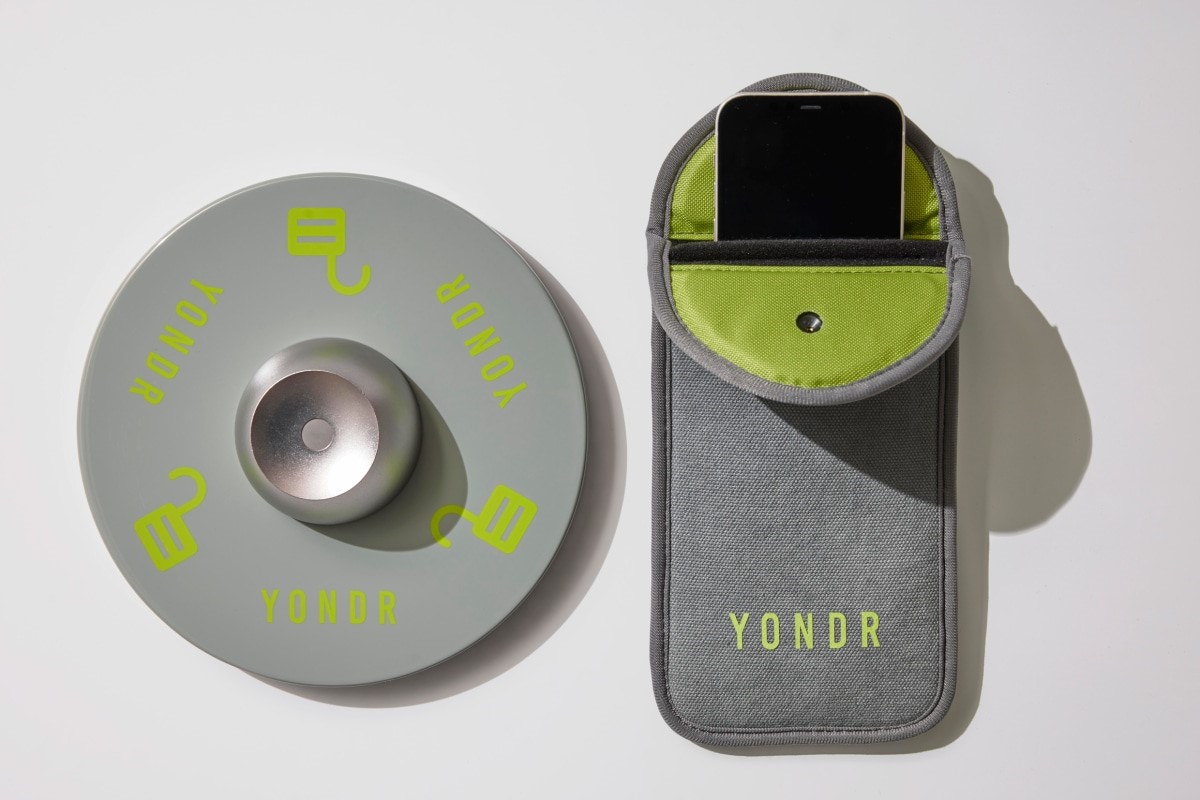
Dugoni thinks that both remote learning and a slew of district and county laws banning cell phone usage in classrooms have played a role in Yondr’s increasing popularity. Lawmakers and educators have cracked down on cell phone usage in schools to lessen distractions, promote social engagement among peers, and prevent bullying. They’ve been implemented with varying degrees of success, but continue to grow in prevalence.
“I was ready to start a petition,” one student at Newburgh Free Academy West told CBS News when his school first implemented Yondr phone pouches.
But his opinion quickly changed after seeing how effective Yondr’s technology is. Students have assigned pouches into which they place their phones each morning, and an administrator returns them at the end of the day. Because Yondr’s approach ensures that phones are truly out of reach, cell phone bans are actually enacted—kids aren’t inclined to sneak onto social media during lunch breaks or in the bathroom to see if they’ve missed anything that other classmates have posted.
“Post-pandemic, the big change has been just people’s awareness of the issues associated with people spending eight hours a day or more on a screen,” Dugoni says, explaining that parents got a firsthand look at exactly how much time their children spent engaging with technology while everyone was stuck at home. “People are becoming aware of the distractions . . . you have kids needing, honestly, a bit of freedom and release from being kept on their phone all the time and everything that goes with it.”
Dugoni says that while most of the inquiries Yondr receives about its pouches come from schools, live events have also been popular phone-free venues—the company has been to 1,500 venues this year (for comparison, that’s about 26 times more than the 57 venues where Yondr was used in 2016).
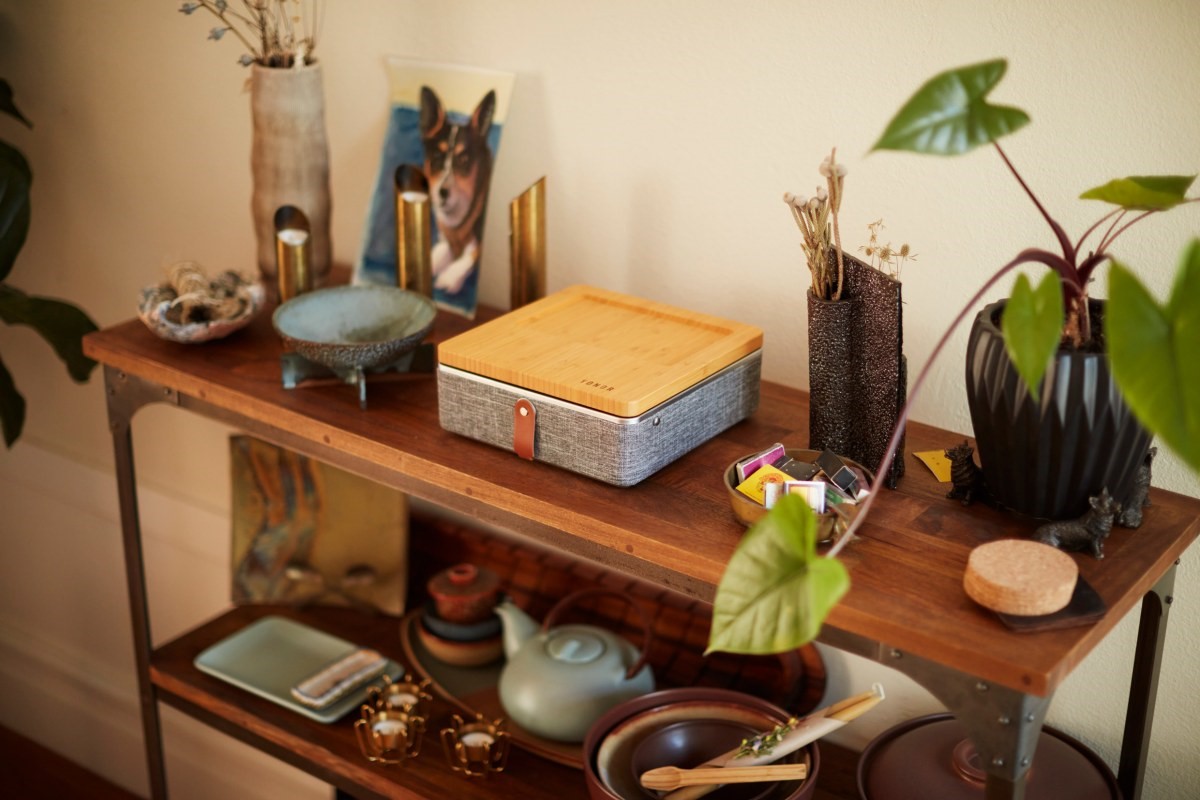
Performers aren’t the only ones benefiting from using Yondr at their shows. “People walk in and say, ‘I was hesitant, I didn’t know how I would feel about not using my phone for a couple hours,’” Dugoni says. “But when they leave, a lot of people come out and say ‘wow, that was the best show I’ve been to in years.’”
Now Yondr is gearing up to launch its home tray, which retails for $249 and can hold up to six smartphones or smartwatches, meeting people where they are. The device can live in home or office spaces, is lockable, and has the ability to block cell signals so that a phone won’t ring or vibrate when it receives a notification.
“We’re definitely not an anti-technology company or anything like that. I view what we do as a progressive move into the future to say, ‘Here’s how we can live with digital media,’” Dugoni says. “If you want to be off the grid for a little while you can do that, and we make that accessible.”
Crucial to Dugoni, the home tray allows for true privacy in a home setting. If a user chooses to capitalize on the signal-blocking feature of the box, that means—at least hopefully—that companies may have less data on you.
“To me, that’s important, because I don’t like what a lot of tech companies do in terms of tracking people,” Dugoni says. The desire to have a private moment? “I think that’s a very reasonable thing.”
(1)
